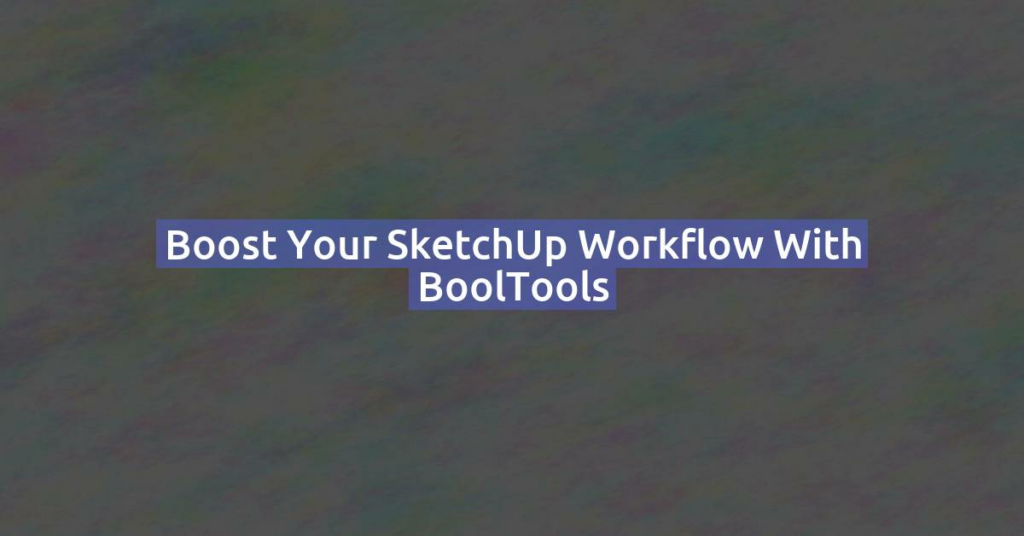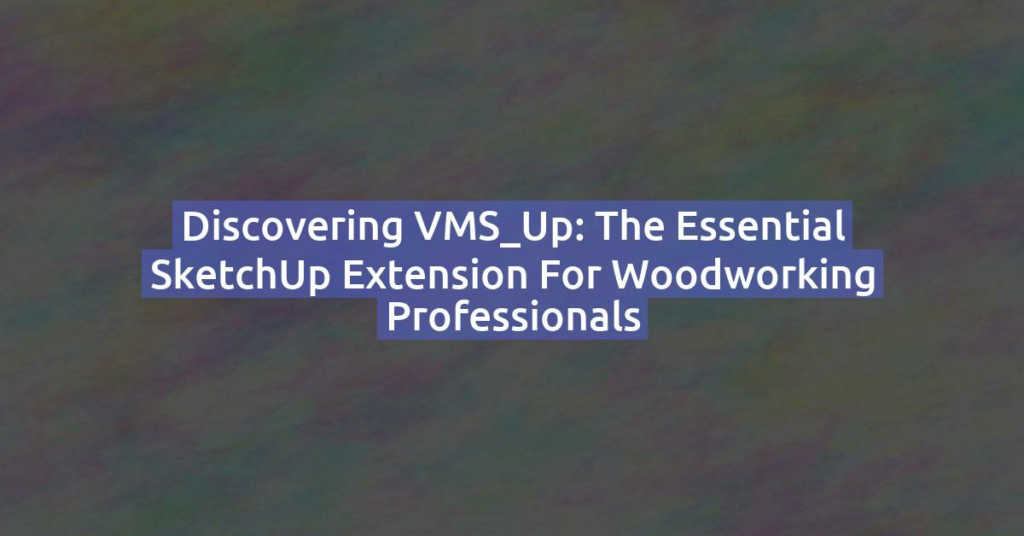Real-time rendering software is revolutionizing industries from gaming and animation to architectural visualization and virtual production. These tools allow creators to see changes instantly, streamlining workflows and delivering visually impressive results without the wait. In this post, we’ll dive into the best real-time rendering software options available today, each offering unique features to suit a variety of creative needs.
1. Unreal Engine
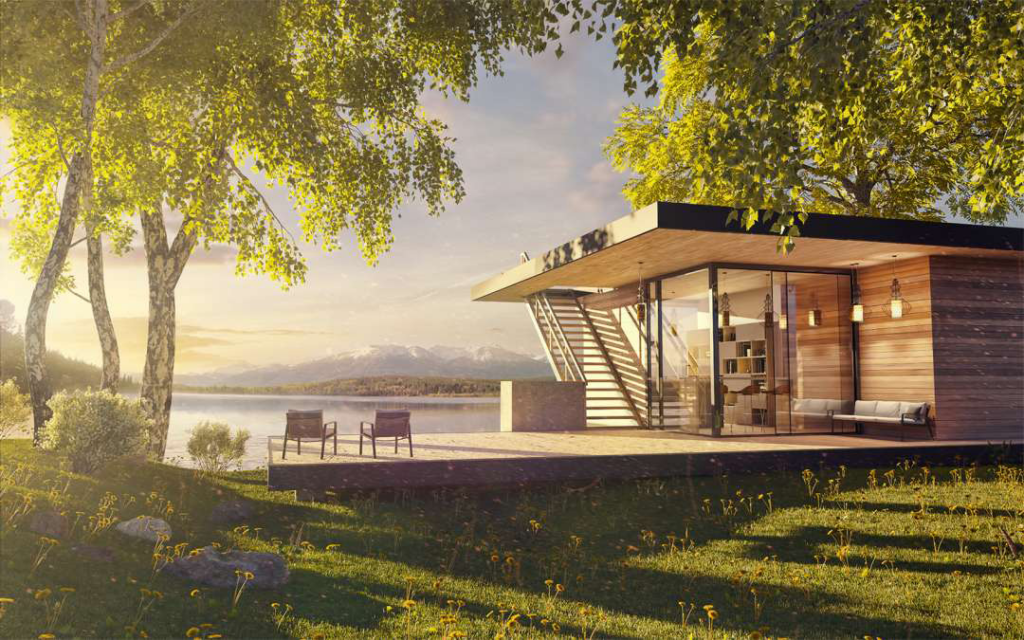
- Overview: Unreal Engine is one of the most popular real-time 3D creation tools, widely used in gaming, film, and architecture. Its powerful graphics engine supports lifelike visuals, and the free-to-use model is accessible to both indie developers and major studios.
- Key Features:
- Lumen: For realistic dynamic lighting and global illumination.
- Nanite: Optimizes performance, allowing high-quality assets with low latency.
- Blueprint System: Allows visual scripting, reducing the need for extensive coding.
- Use Cases: Game development, virtual production, and architectural visualization.
2. Unity

- Overview: Unity is a go-to platform for AR/VR, mobile, and indie game development, offering a user-friendly interface and scalable performance across various platforms. Unity’s versatility and robust real-time tools make it an excellent choice for creators focused on interactive content.
- Key Features:
- Render Pipelines: URP and HDRP for performance on diverse devices.
- Shader Graph: A visual editor for creating custom shaders.
- Unity Reflect: Integrates CAD and BIM for architectural visualization.
- Use Cases: Game development, AR/VR experiences, mobile applications, and architectural rendering.
3. Twinmotion

- Overview: Twinmotion is a real-time visualization tool tailored to architects and designers, allowing them to create and present interactive designs. Twinmotion offers intuitive workflows with powerful integrations, especially with Unreal Engine.
- Key Features:
- CAD Import Support: Smoothly imports CAD models for streamlined workflows.
- Realistic Environmental Effects: Offers quick, realistic lighting and weather controls.
- VR Compatibility: Allows virtual tours of designs for immersive client presentations.
- Use Cases: Architecture, urban planning, and interior design.
4. Blender’s Eevee
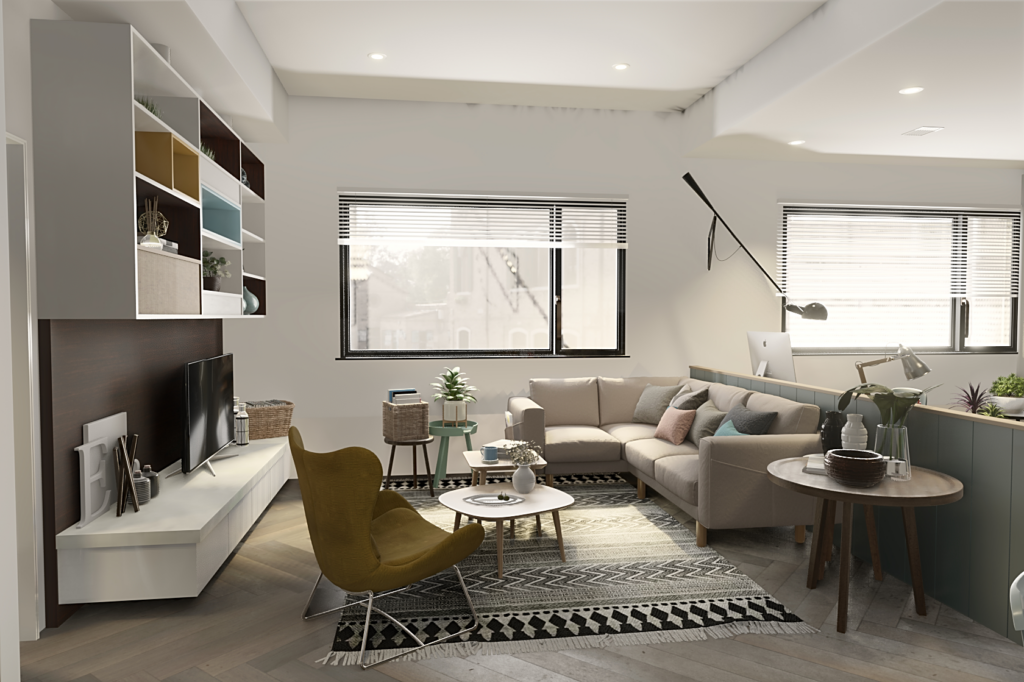
- Overview: Blender is a powerful, open-source 3D creation suite, and its real-time rendering engine, Eevee, offers advanced rendering capabilities ideal for independent artists and small studios. Its flexibility and extensive tools make it a go-to for budget-conscious creators.
- Key Features:
- Physically-Based Rendering (PBR): Provides realistic textures and materials.
- Bloom and Ambient Occlusion: For post-processing effects that enhance realism.
- Grease Pencil for 2D Animation: A unique tool for combining 2D and 3D animation.
- Use Cases: Animation, indie game development, and virtual reality.
5. KeyShot

- Overview: KeyShot focuses on product visualization and design, offering real-time rendering with a strong emphasis on photorealistic results. It’s widely used by designers, engineers, and marketers looking for easy-to-use rendering software.
- Key Features:
- High-Speed Rendering: Uses CPU and GPU acceleration for efficient, high-quality rendering.
- Drag-and-Drop Materials: Simplifies creating custom materials.
- Realistic Lighting: Delivers accurate lighting simulations for true-to-life visuals.
- Use Cases: Product design, automotive rendering, and marketing visuals.
6. Lumion
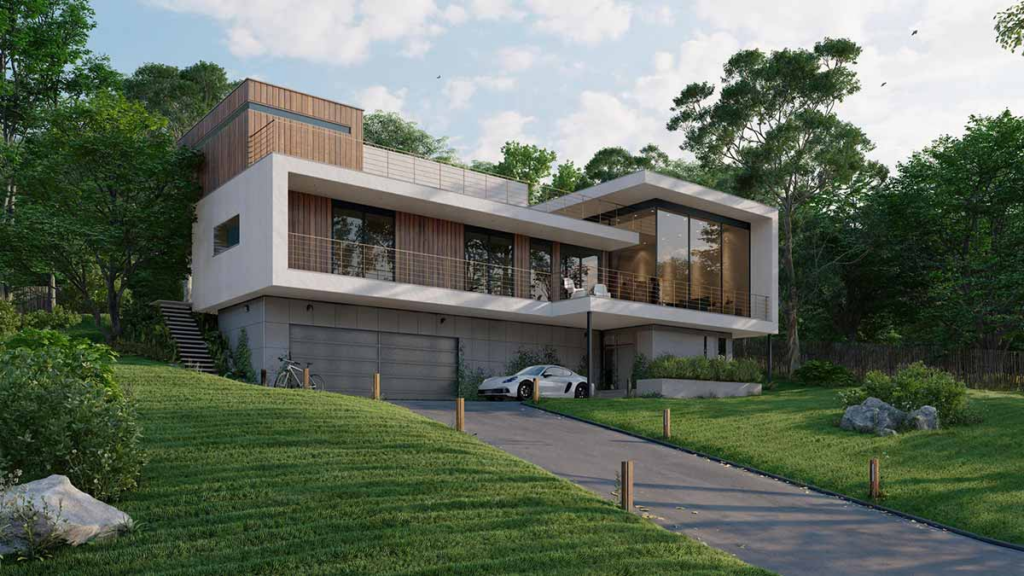
- Overview: Lumion is designed with architects in mind, offering a powerful set of real-time rendering tools that bring architectural designs to life with ease. Its asset library and intuitive interface make it a top choice for creating lifelike scenes.
- Key Features:
- Large Asset Library: Includes thousands of objects such as plants, people, and furniture.
- LiveSync Integration: Connects with popular CAD software, enabling real-time design updates.
- Environmental Effects: Controls for lighting, seasons, and weather provide enhanced realism.
- Use Cases: Architectural and landscape visualization, urban design.
7. NVIDIA Omniverse

- Overview: NVIDIA Omniverse is a platform for collaborative 3D production, designed to support high-fidelity graphics in technical and creative industries. With advanced AI-driven tools and support for USD (Universal Scene Description), Omniverse excels in large-scale, collaborative projects.
- Key Features:
- RTX-Powered Rendering: Realistic rendering through NVIDIA’s RTX technology.
- USD-Based Workflow: Enables seamless collaboration across various software.
- AI Tools: Includes physics-based simulations and advanced animation tools.
- Use Cases: Virtual production, collaborative visualization, and scientific simulation.
Conclusion
When choosing real-time rendering software, consider your project’s goals, budget, and the technical expertise required. Unreal Engine and Unity are powerhouse options for game development and AR/VR, while Twinmotion and Lumion excel in architecture. For product visualization, KeyShot is a top choice, and NVIDIA Omniverse is ideal for collaborative, high-fidelity projects. Blender’s Eevee offers powerful open-source tools for smaller teams or individual creators.
Each of these tools can bring your ideas to life with unmatched efficiency and visual impact, transforming the creative process for any project size and scope. Dive into the links provided to explore the right tool for your next project!

